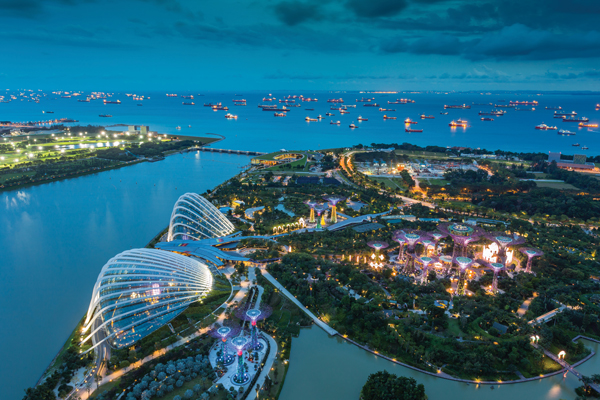Living in a city is usually more expensive than living in a suburban or rural area of any part of the world, but which of the world's city's top the charts in terms of living expenses?
The Economist Intelligence Unit (EIU), the research and analysis division of The Economist magazine, evaluated 133 cities around the world based on the price for goods and services in 90 countries to assist companies and individuals alike with their planning needs.
The EIU compared cities using conversions to the U.S. dollar.
The weak U.S. dollar in 2017 knocked New York City off the EIU's global ranking, as it did with Los Angeles and other U.S. cities.
The list of 10 most expensive cities in the world only include European and Asian cities. Singapore held its spot at the top for the fifth consecutive year, while Tokyo fell from the top 10 because of low inflation.
The U.S. cities that fell on the list were Chicago, which came in 41st place after falling 14 places, and Washington, D.C., which fell 10 places to a ranking of 37.
The bottom 10 cities worldwide are what the EIU considered the cheapest places to live in the world: Damascus (Syria); Caracas (Venezuela); Almaty (Kazakhstan); Lagos (Nigeria); Bangalore (India); Karachi (Pakistan); Algiers (Algeria); Chennai (India); Bucharest (Romania); and New Delhi (India).
The following, in ascending order, are The Economist Group's rank of the world's 10 most expensive cities:
10. Sydney, Australia
Travelers to Australia have mentioned the pricey cost of taking in the outback throughout the years. How expensive is the cost of living? Food and personal care may be slightly lower than New York City, but clothes and transportation is where people might see their dollars slip away the most, according to The Economist.
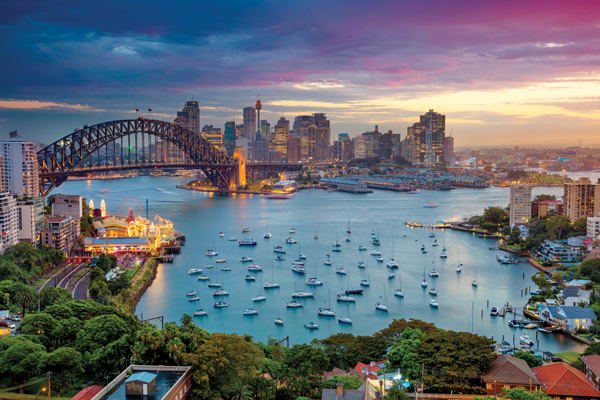
9. Tel Aviv, Israel
Just five years ago, Tel Aviv was ranked at 34, but currency appreciation and the expenses involved in maintaining a car has increased its ranking, according to The Economist.
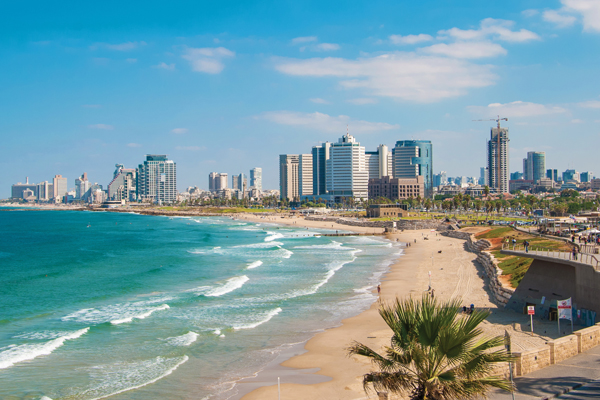
8. Copenhagen, Denmark
European cities are more expensive in terms of entertainment, personal care and household expenses. Copenhagen made the list because of its high cost for the aforementioned categories, according to The Economist.
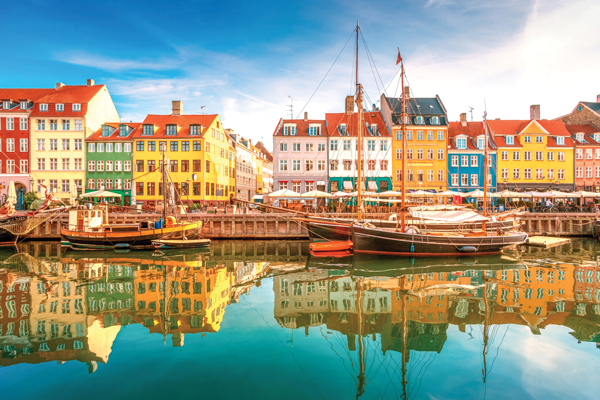
7. Seoul, South Korea
The city has maintained its ranking for the second consecutive year. The average cost of a loaf of bread is $15. But cigarettes are cheap compared to other cities on the list.
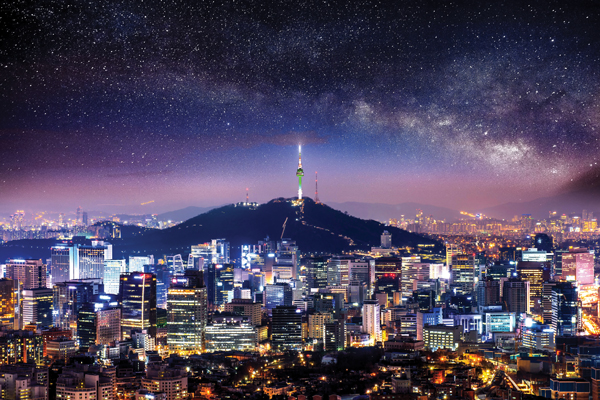
6. Geneva, Switzerland
Buying food in Geneva is more expensive than in many other cities, with some estimates that one could spend 50 percent more on food here than in New York City.
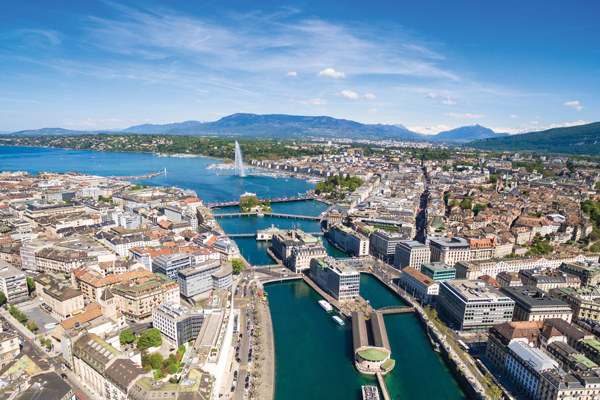
5. Oslo, Norway
Oslo moved up six places on the list, largely due to the cost of food and clothes.
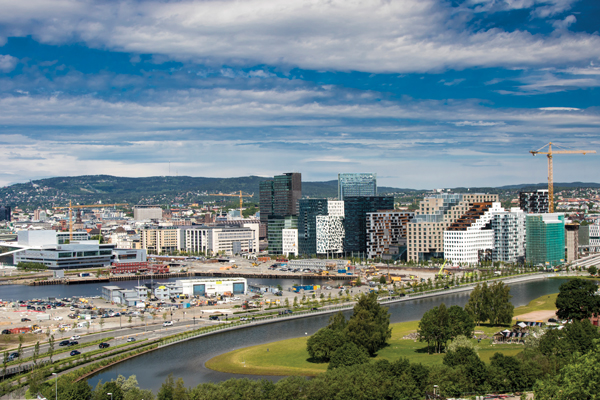
4. Hong Kong, China
Hong Kong fell two spots in 2018’s report.
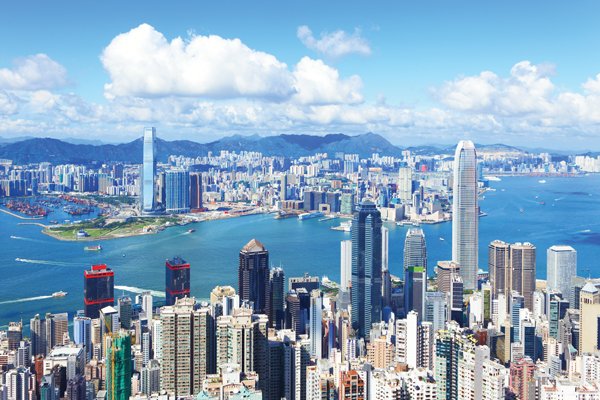
3. Zurich, Switzerland
Like Geneva, Zurich ranked high in the report because of its costly entertainment, personal care and household expenses.
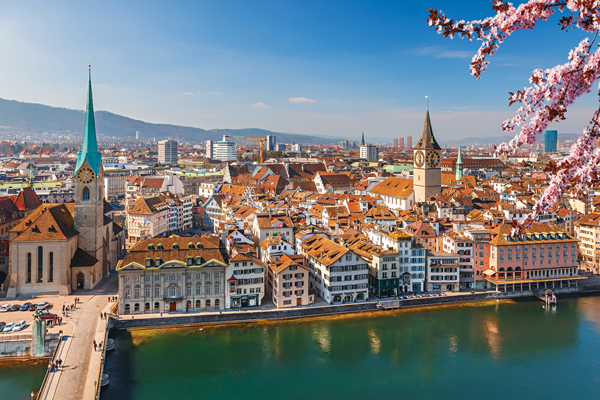
2. Paris
The only city on the top 10 tied to the Euro, Paris rose from seventh to second place. According to The Economist, only alcohol, transportation and tobacco offer value for money when compared to other European cities.
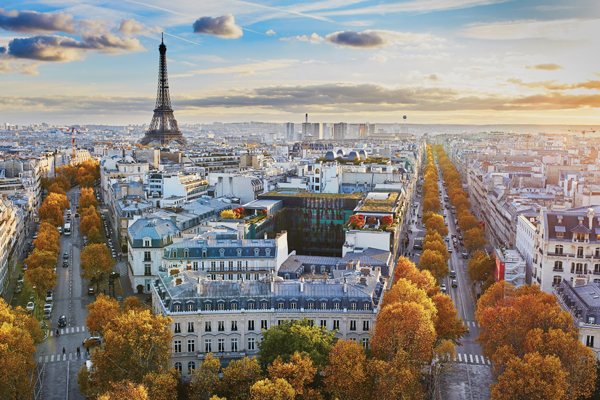
1. Singapore
Despite topping the list, Singapore is comparatively cheaper when it comes to domestic help, household goods and personal care.
